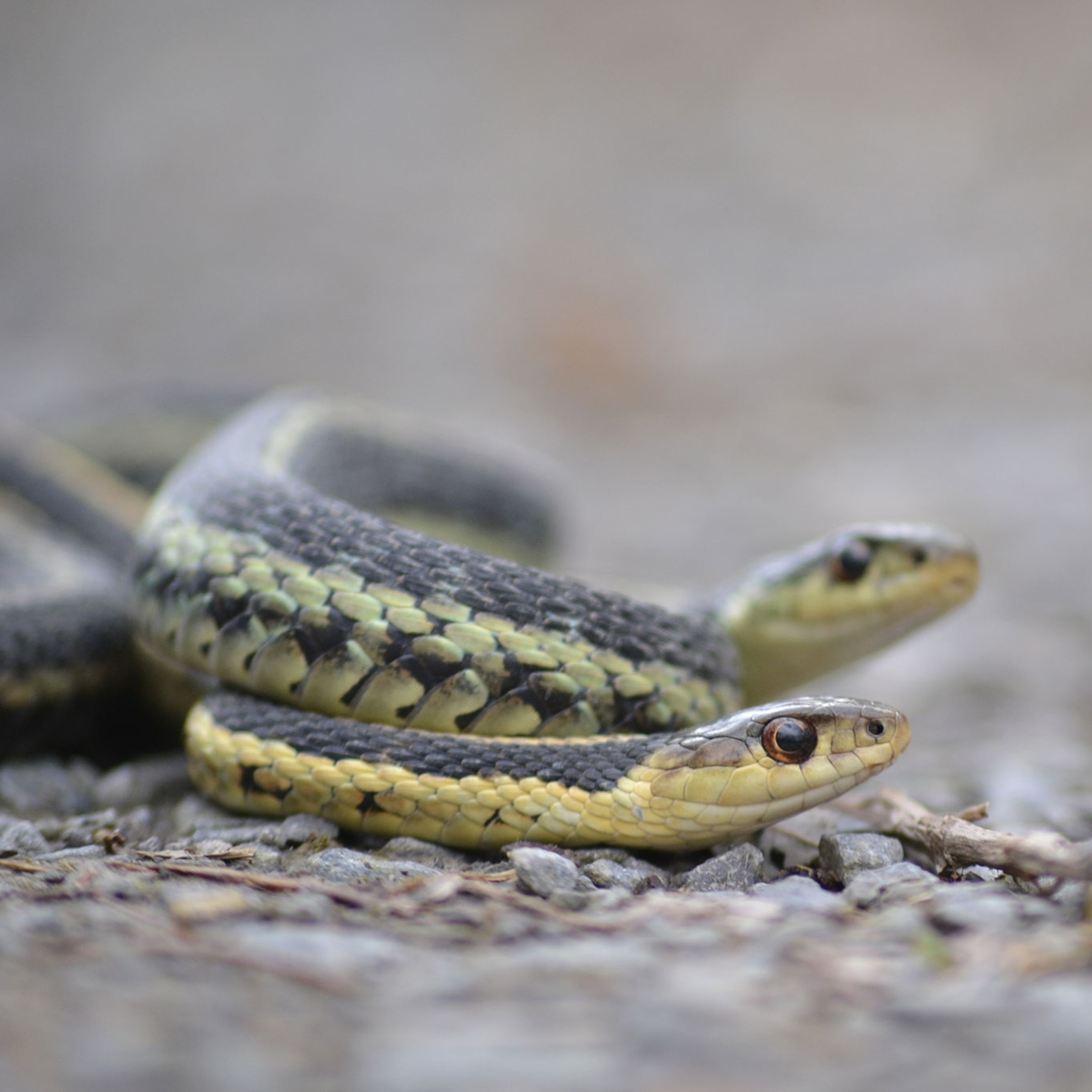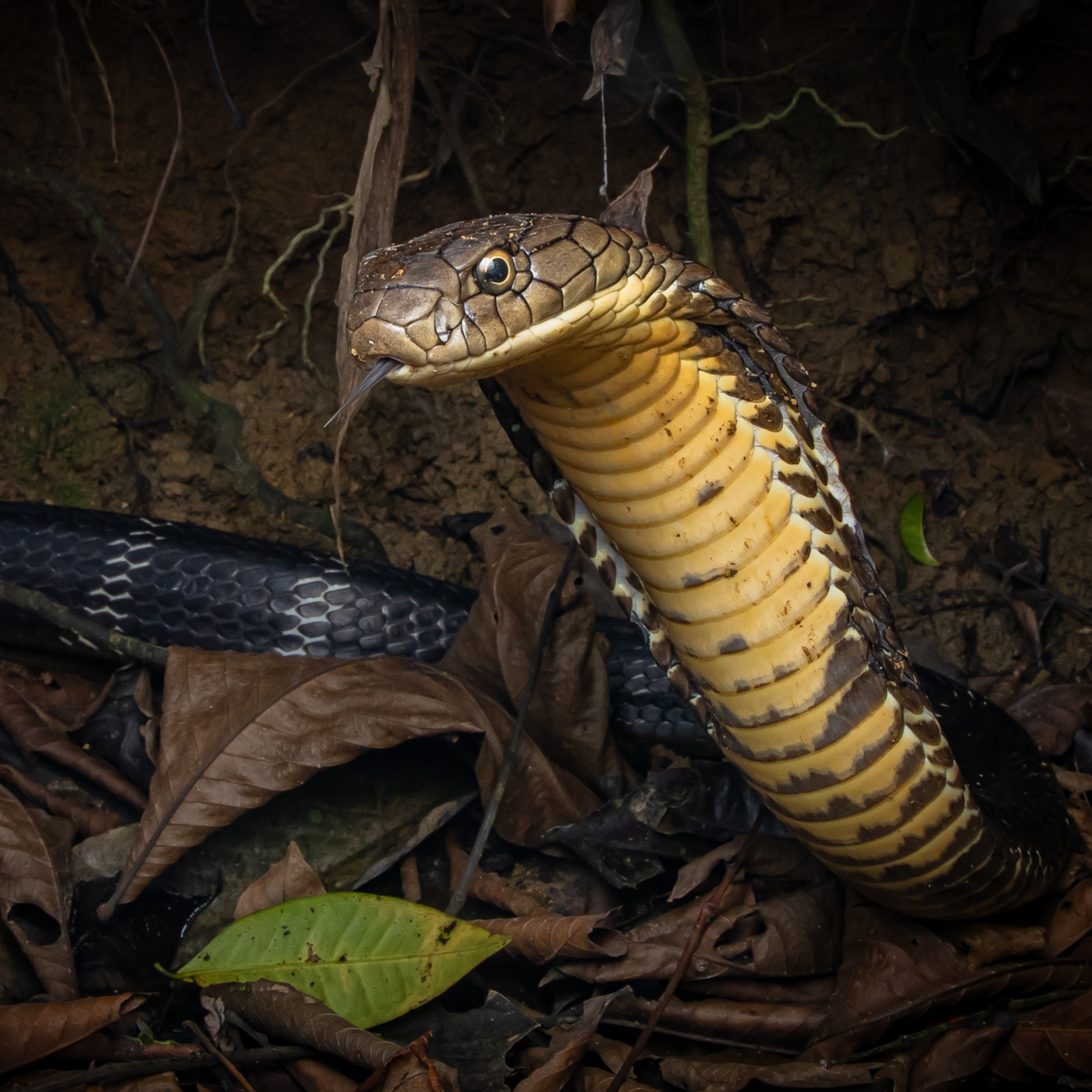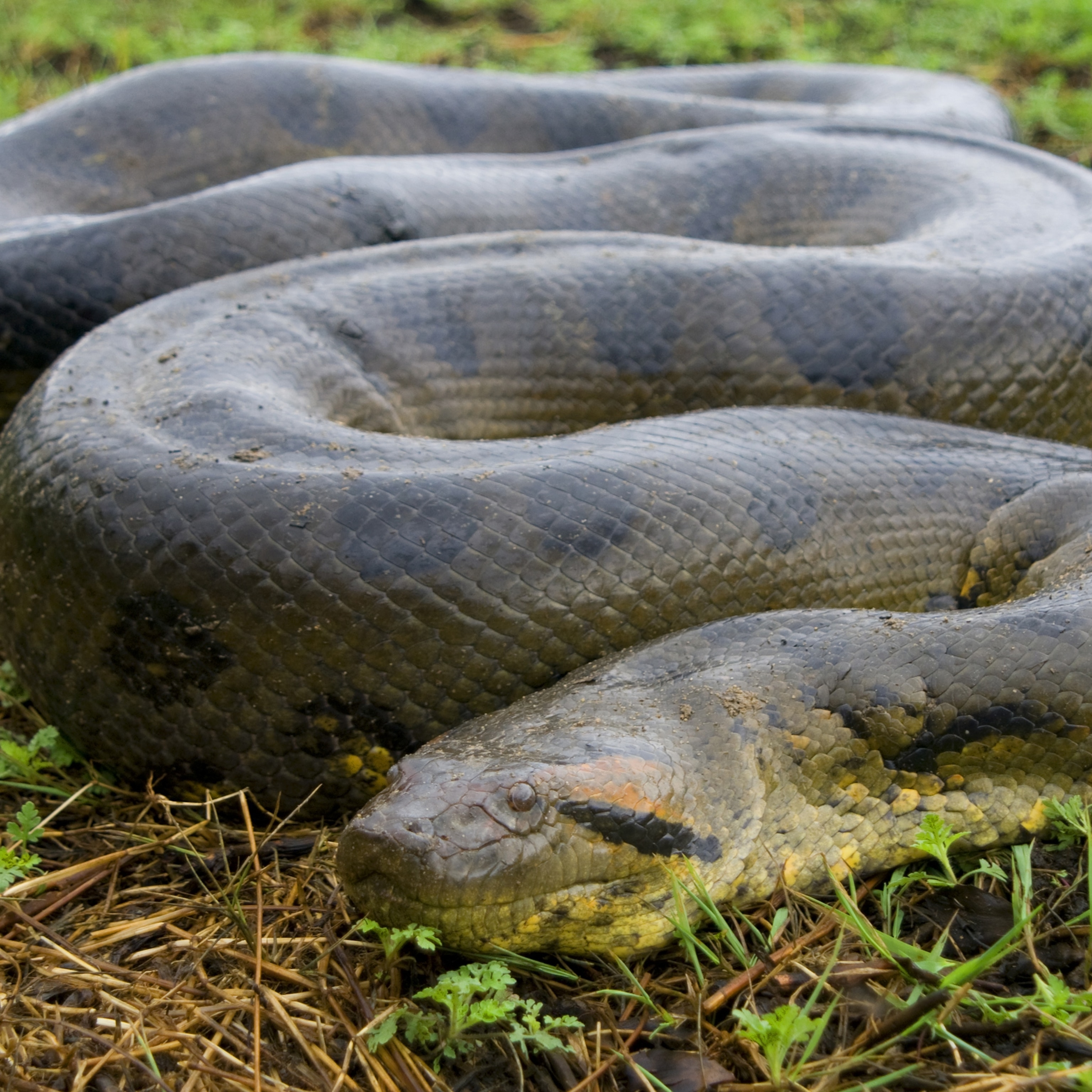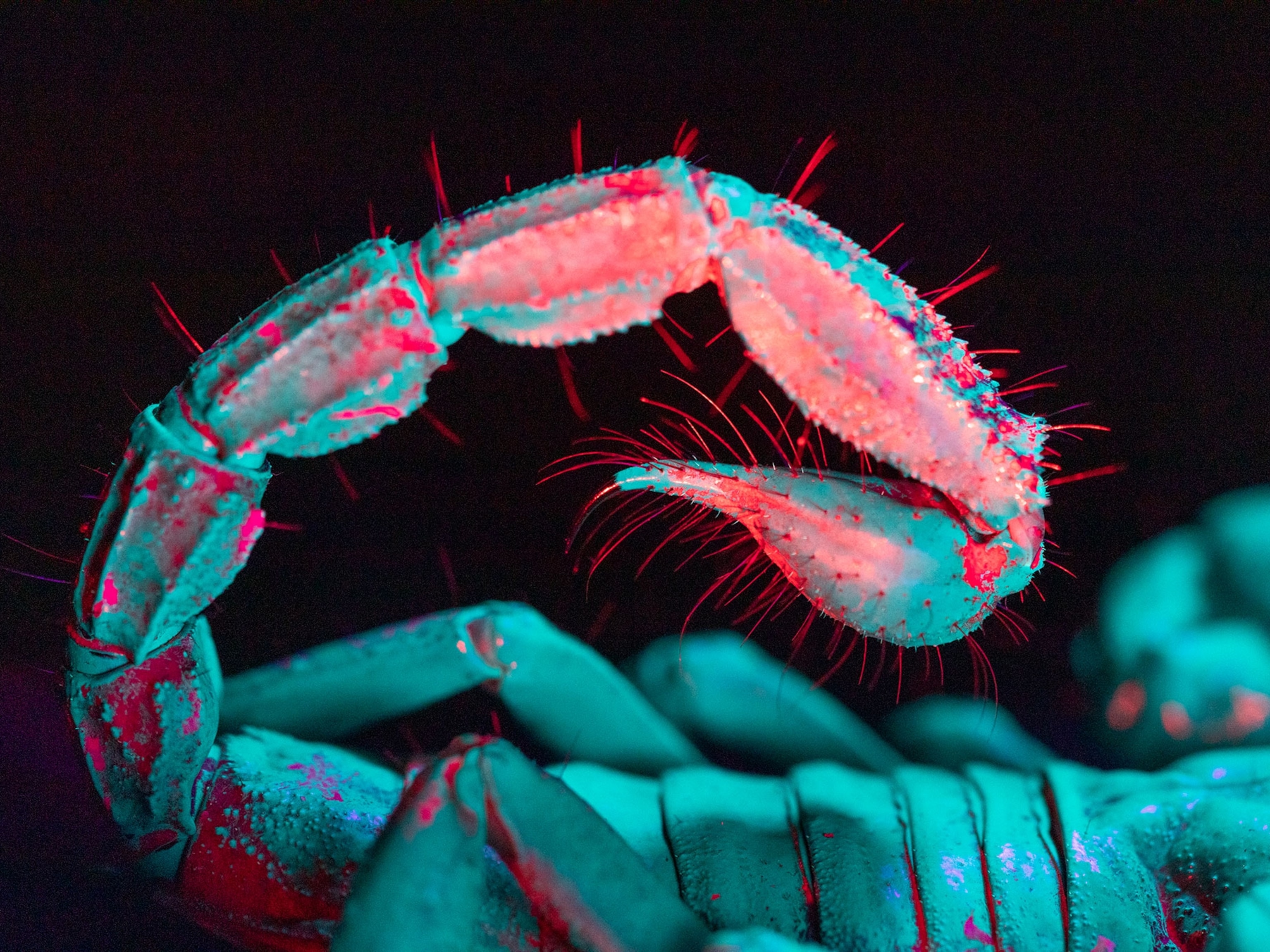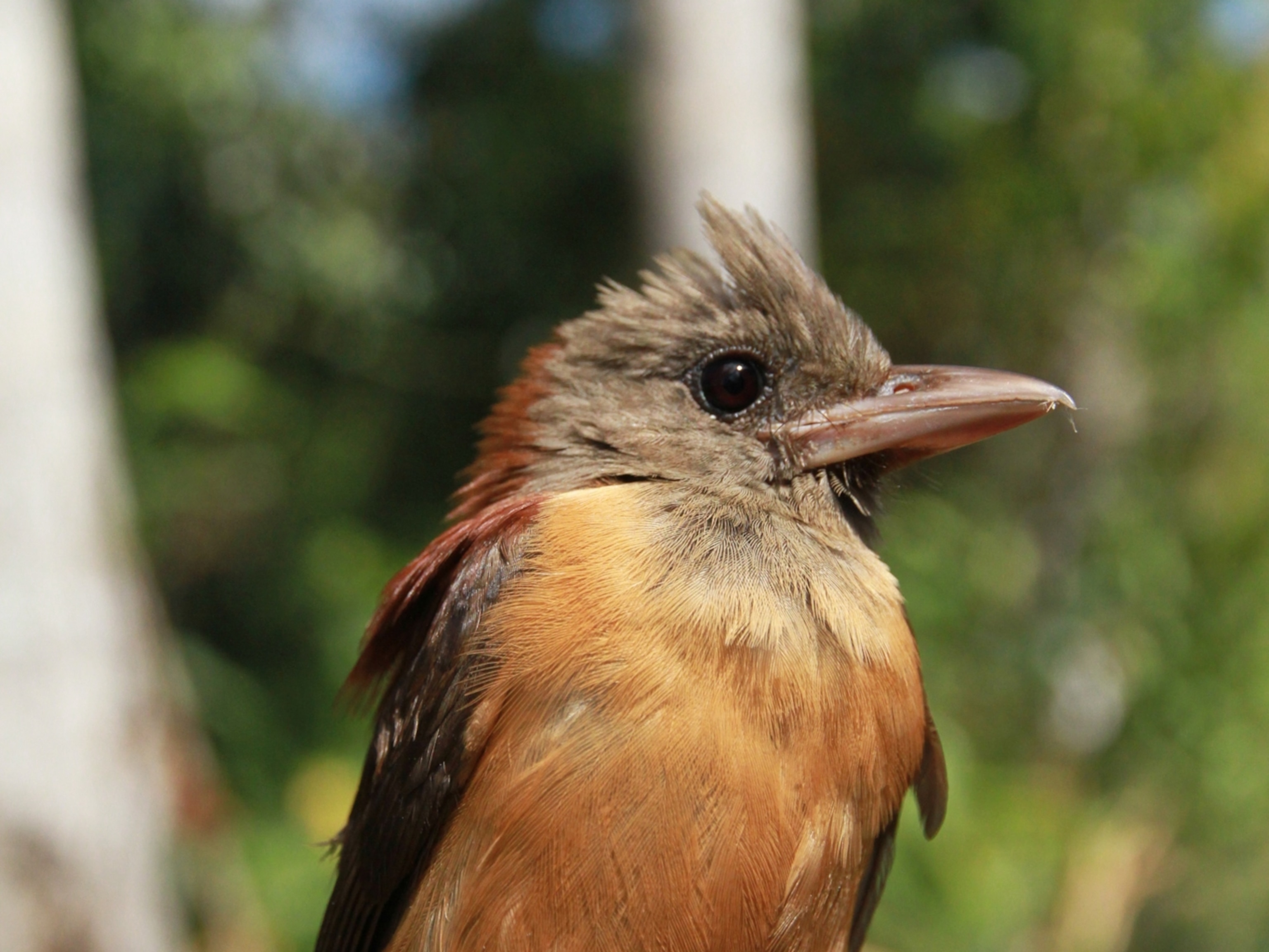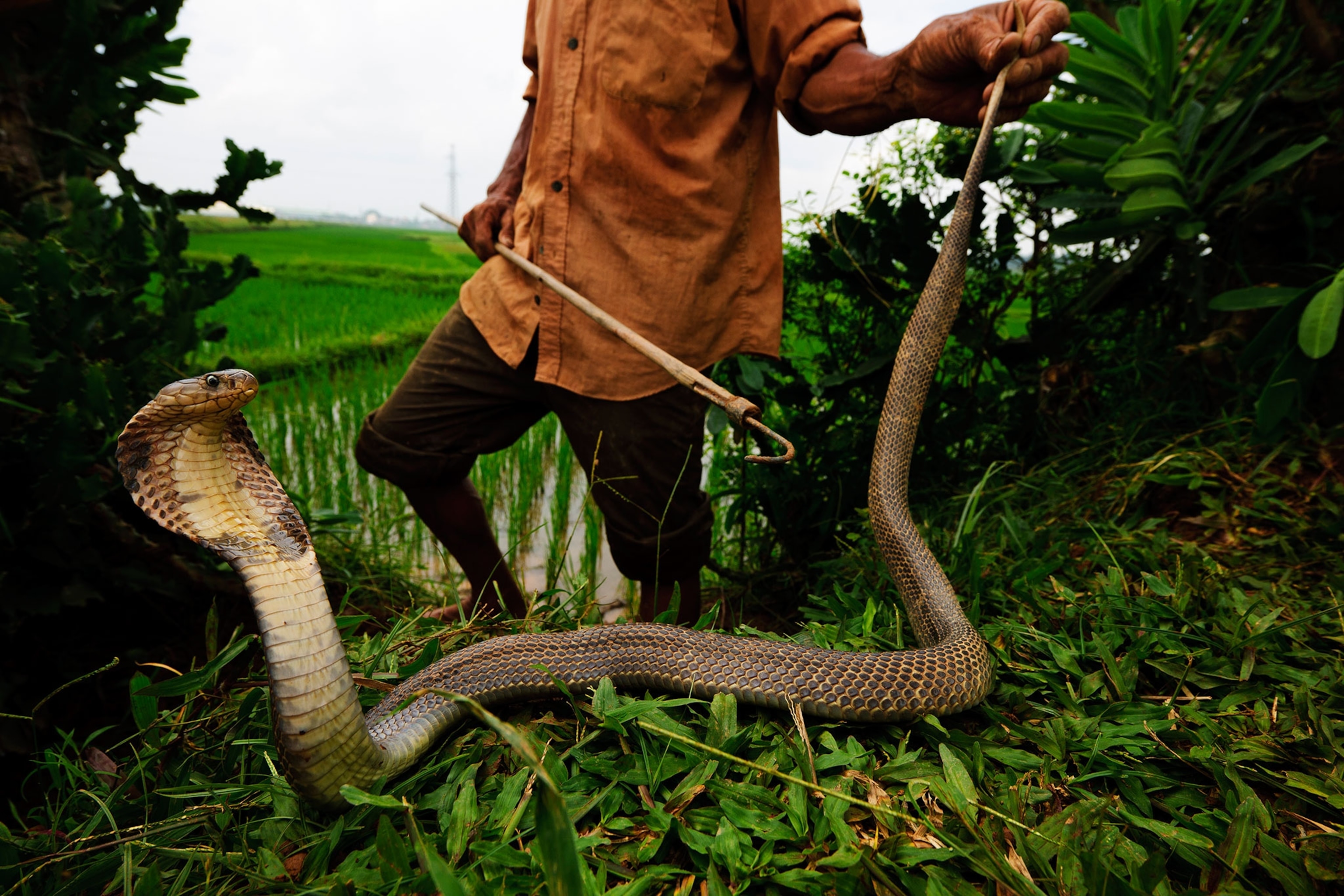
Venomous Animals Kill in Horrible Ways—And Also Cure
Vipers will make your flesh melt, Lonomia caterpillars will make you bleed, but Gila monster venom could treat diabetes.
What do Odysseus and TV wildlife expert Steve Irwin have in common? (Stingray barbs killed them both.) What is the most venomous creature in the world? (The Australian box jellyfish.) What does it feel like to get high on cobra venom? (Weird.) Could bee venom cure Lyme disease? (Possibly.)
These are some of the fascinating stories Christie Wilcox tells in Venomous: How Earth's Deadliest Creatures Mastered Biochemistry. When National Geographic caught up with her by phone in Hawaii, she explained why the king cobra packs such a punch; how snakes may have helped our ancestors evolve bigger brains; and why the Gila monster’s venom may hold the key to the treatment of diabetes and even Alzheimer’s. [Find out about the medical potential of venom.]
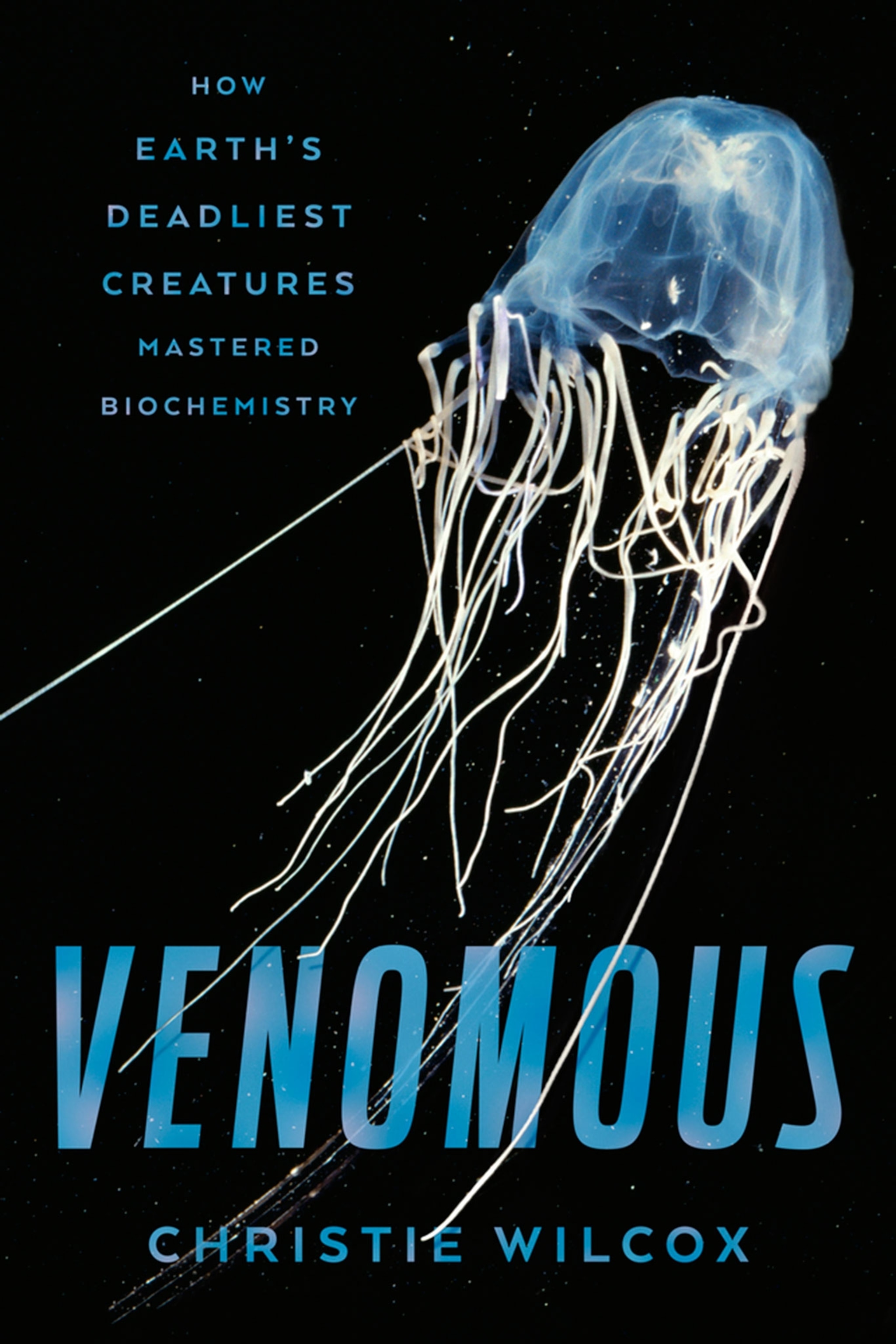
Let’s cut to the chase: What are the five most dangerous venomous creatures in the world?
Oh, I love that question! [Laughs uproariously] You have to give snakes their due because overall snakes kill 90,000-plus people a year and disable countless more—though the sad fact is we don’t exactly know [how many] because a lot of these places are poor and don’t have medical systems that allow good reporting.
The main places people are dying are Africa, Sri Lanka, India, and South America. In Africa there is a snake bite crisis because not only do they have deadly snakes that cause significant morbidity and mortality, but the only good antivenom we used to have is not being made anymore.
At the top of the snake list is the king cobra. Compared to other snakes, their venom isn’t particularly potent, but they can inject massive volumes and they’re huge, seven-to-eight-foot-long snakes.
Next, I would put the Australian box jellyfish because they can kill in less than five minutes. The Conus geographus, or geographic cone snail, has a 70 to 80 percent fatality rate when it stings but, luckily for us, it’s very rare.
I would also include the Lonomia caterpillar because I like the way it kills. [Laughs] It’s this tiny, furry caterpillar, but it can cause massive internal hemorrhaging. That’s just so badass. [Laughs]
Number one is the mosquito, though. And I have a specific reason for saying that. When people talk about venomous, they talk about venomous to humans. And by far and away the most dangerous creatures to humans on this planet, other than ourselves, are mosquitoes.
The bothrops, or viper, family kills in a particularly gruesome way, don’t they? Tell us about necrosis.
Necrosis means the death of tissues. But the word does not begin to capture how absolutely disgusting and horrible tissue death really is. [Laughs] We’re talking about flesh that liquefies and melts with big, weeping lesions. People refer to “black stick,” which is what happens to your limbs if you don’t treat a bite well.
Necrosis is a twofold process. The first is the toxins themselves attacking the tissues with enzymes whose job is to chop up tissue parts. It also has the effect of turning on our immune system which, in a failed attempt to kill the toxins, also goes on the attack. It’s like friendly fire in your tissues. [Laughs]
On the positive side, you suggest, “Snakes may be the driving force behind our big brains.” Unpack that idea for us.
Way back, when we were still merged with other primates in terms of our evolutionary lineage, these ancestral primates coexisted with snakes. Lynne Isbell has put forward a hypothesis that snakes were one of the predominant predators from an evolutionary standpoint of these early primates. So, as all species do, these early primates co-evolved with their predators. Snakes wanted to kill them—and they wanted to survive. Those that had an adaptation to detect snakes faster survived and reproduced.
What the snake-detection hypothesis puts forward is that what made them successful was eyesight: the ability to see in color, in three-dimensions, and therefore detect snakes very quickly. We can still see that in both us and other primates. When shown images of snakes for just microseconds, we react viscerally and instinctually, even before we realize that there’s a snake in that image. This quick detection requires good visual systems, and good visual systems require big brains.
Today, science is revealing exciting new applications for venom. Talk about apitherapy and its possible use in treating Lyme disease.
There’s an incredible woman, Ellie Lobell, who has pioneered research into the use of bee venoms for Lyme disease because bee venoms contain potent antimicrobials. Lyme disease is caused by spiral-shaped bacteria that are notoriously difficult to kill, even in petri dishes. But bee venom contains compounds that are capable of doing it.
What happened to Ellie is a remarkable story. She had Lyme disease, which wasn’t knocked out by an initial round of antibiotics. She slowly deteriorated to the point where her mind and body were, basically, dying. Eventually she gave up and moved to California where she planned to die. But by chance she went for a walk and was attacked by a swarm of what people call killer (Africanized) bees. She went back to her room and laid down expecting to die. But after a week of the worst pain imaginable, she emerged better! She believes the overload of toxins in the bees' venom killed the Lyme bacteria. She thinks it’s a miracle and now she is working with Dr. Eva Sapi, who soon hopes to publish a paper examining which components in bee venom might be used to tackle Lyme disease.
Injecting yourself with snake venom seems a pretty kinky thing to do. Tell us about the weird culture of “SI-ers” (self-immunizers).
The overall goal of most self-immunizers is to protect themselves against venomous animals that they want to keep in their homes. These people want cobras or vipers as pets. Antivenom is expensive and you can’t really administer it [to] yourself very well. So they inject themselves with snake venom in small doses at first, building up to larger doses, in an attempt to build an immune response to venom that will save their life in the case of a bite.
It’s a fascinating idea. Whether or not it’s enough to save your life, or how to do it safely and effectively, are questions that still need to be answered. But scientists are now looking at these SI-ers and the antibodies in their blood to potentially solve some of the issues we currently have with anti-venoms.

Some creatures have developed so-called venom immunity. Tell us about the honey badger featured in National Geographic footage that went viral (with non-Nat Geo narration dubbed in).
The honey badger that don’t care! [Laughs] Venom immunity is one of those things you think would be more common than it is. But venom immunity is difficult in an evolutionary sense.
There are certain groups of animals that have become immune, however, like honey badgers, mongooses, and opossums. Not 100 percent, but they can take doses higher than we can even imagine surviving ourselves. There’s two ways they do this. Mongooses have actually changed their physiology so the venoms don’t work. The ion channels in their neurons, which these venom toxins target, have mutated so the toxin is ineffective. The other way, exemplified by the opossum, is to create blood proteins that bind venom. It’s possible we could use similar proteins as an antivenom, something scientists are currently investigating in order to make them injectable for humans.
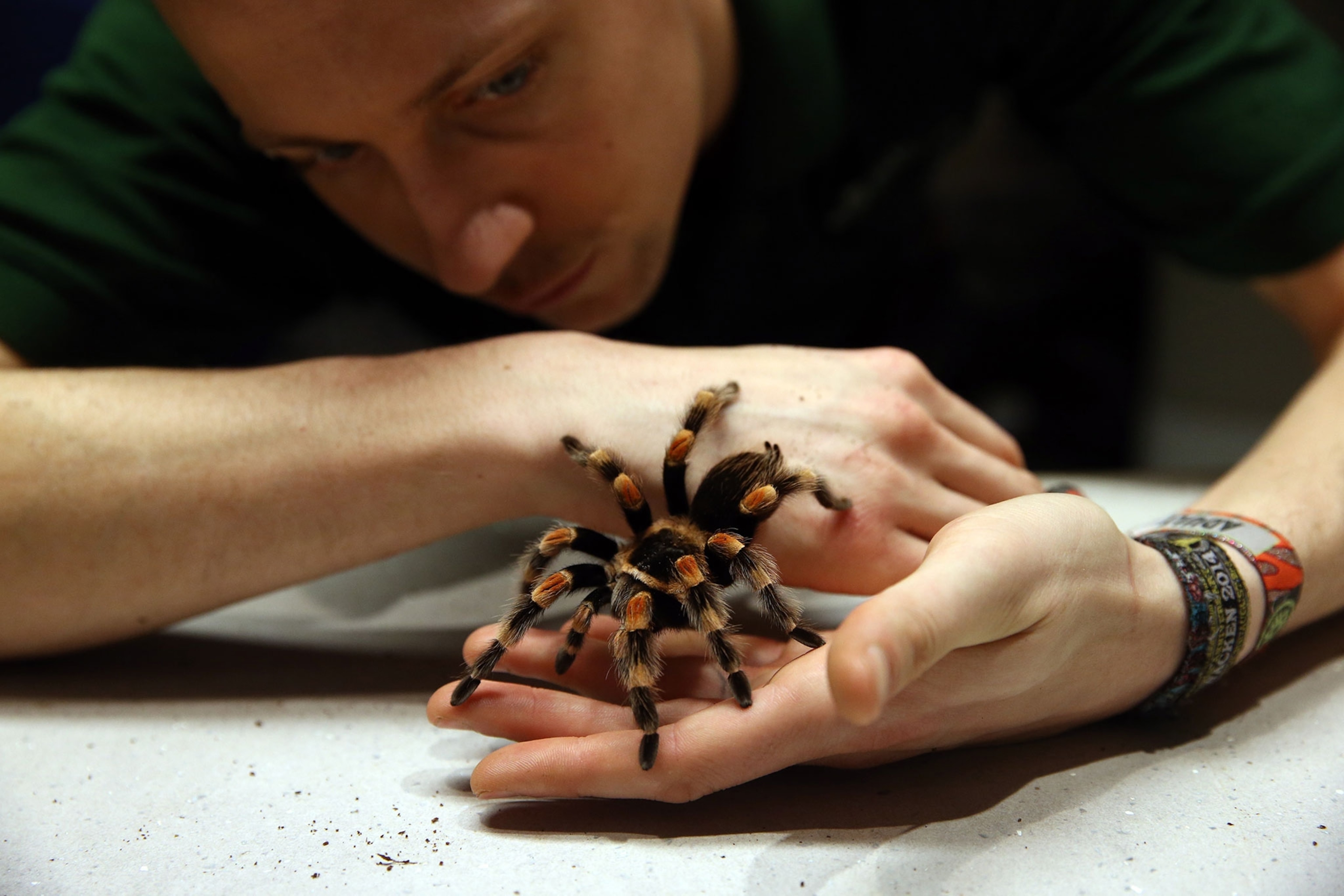
The Gila monster is an almost mythical creature. Tell us about the new discoveries that are revealing amazing medical properties of its venom—and why we need to conserve these creatures.
In the southwestern U.S., we have these legends about a Gila monster’s bite: how they’ll never let go, or can kill a man. There’s never actually been a recorded death from a Gila monster, but their venoms do have potent effects. They hurt a lot! These properties are actually potentially useful, though.
The unifying factor that makes animals venomous is that they have toxins that act in very specific ways in the bodies of their prey and other animals. That is exactly what we need when we look for a pharmaceutical. We want something that does something to our bodies in a very specific manner. If we are looking to lower blood pressure, we need a compound that will work, without doing anything else. If you want to turn off chronic pain, you want to shut down only those neurons.
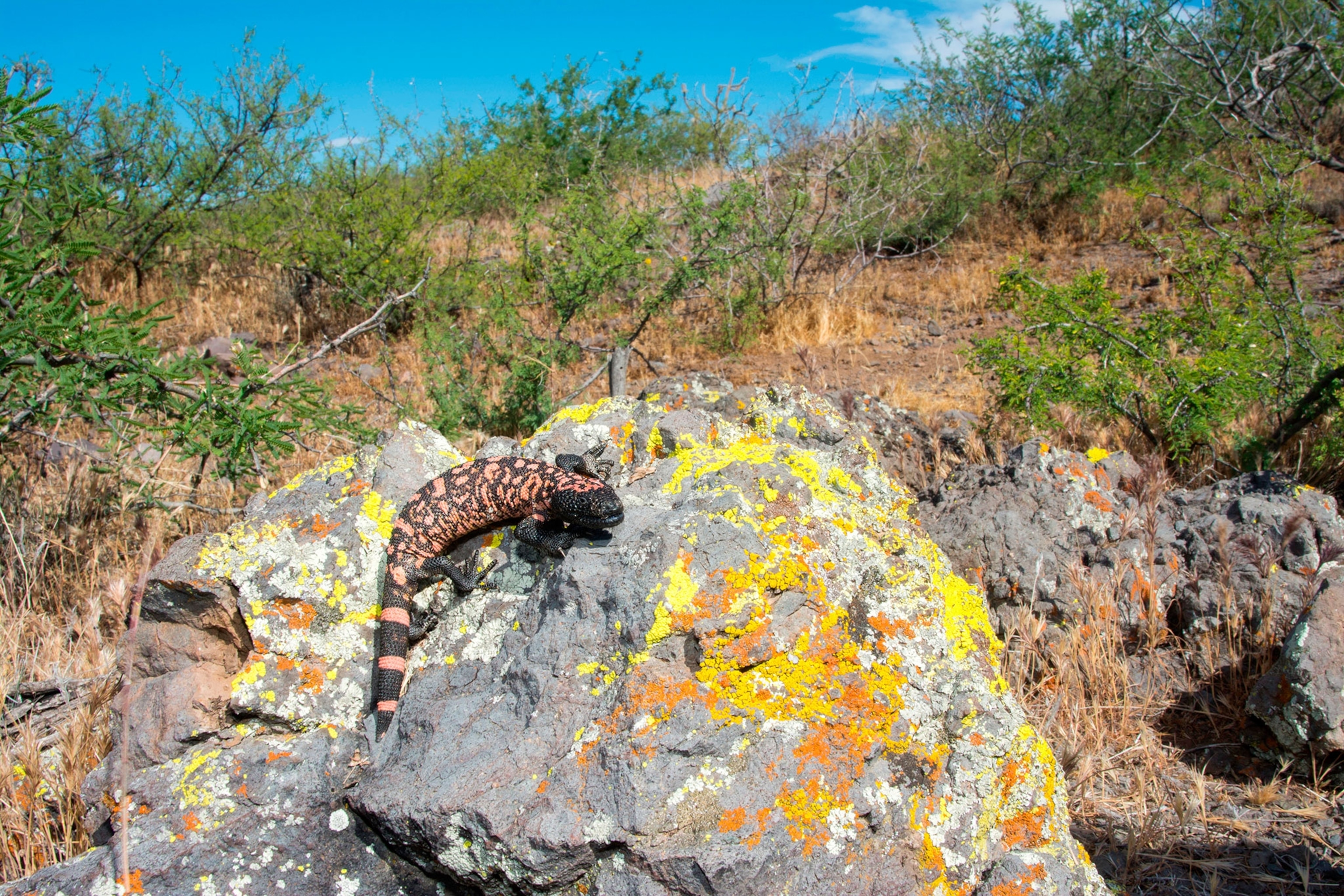
The Gila monster has provided some very interesting molecules, particularly an insulin-type molecule, which is referred to as exendin-4. What this does is help regulate insulin in the body. These molecules are game changers, which have revolutionized the treatment for Type 2 diabetes.
Scientists are now realizing these molecules may do even more. [Exendin-4] is being investigated as a weight-loss drug, for instance, because controlling diabetes and controlling weight are related to the same insulin pathway. It is also being investigated as preventive treatment for Alzheimer’s and other degenerative disorders.
This is just one of many venom compounds undergoing clinical trials for revolutionary treatments of diseases that have completely stumped us, from heart disease to Alzheimer’s and even HIV. Other studies are showing that compounds from tarantula venom work better than morphine but don’t cause respiratory depression. It’s really incredible!
So even if you don’t buy into ecological and conservation messages, which I personally do, the reason we need to keep these creatures is that we don’t yet know what’s in their venom. We haven’t taken all these different venomous species and run the genomics and proteomics to understand what’s actually there. If we lose these animals we will lose all this information—and these potential drugs—before we have even had the chance to discover them.
This interview was edited for length and clarity.
Simon Worrall curates Book Talk. Follow him on Twitter or at simonworrallauthor.com.
